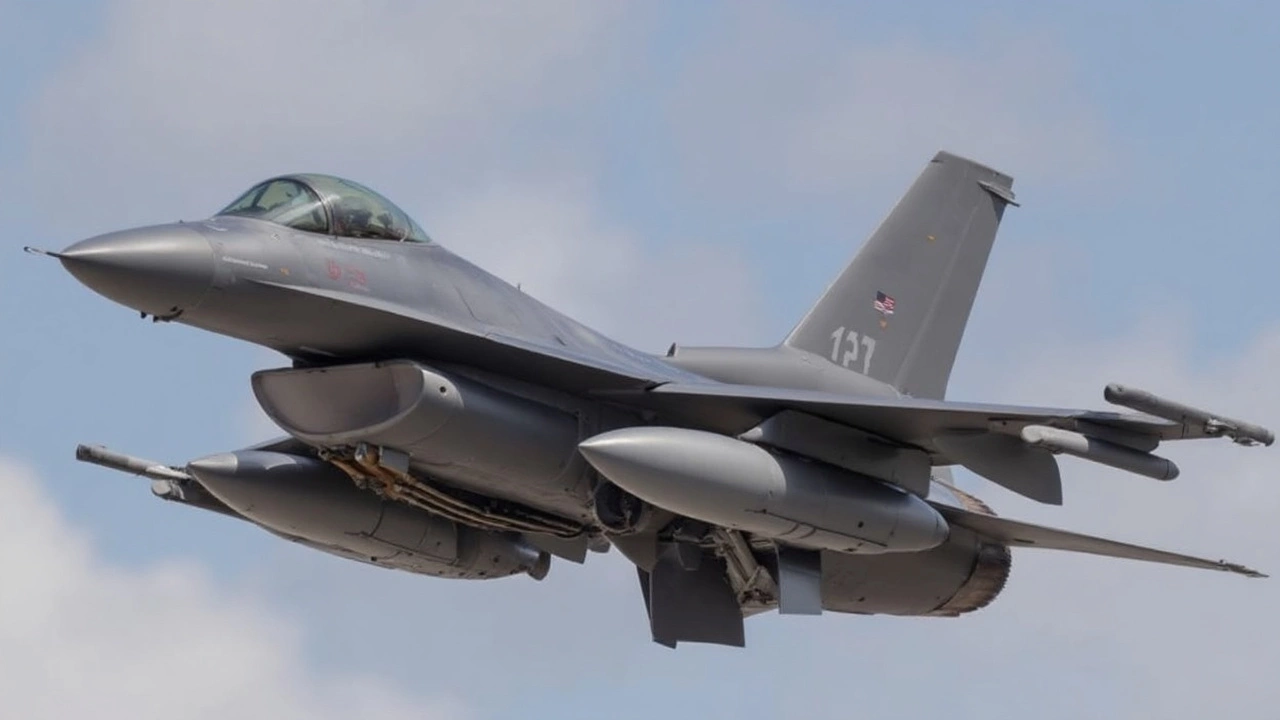
First F-16 Block 70 Reaches Taiwan, Aimed at Detering Chinese Threats
When Taiwan’s defense delegation stood next to US officials at Lockheed Martin’s facility in Greenville, South Carolina, on March 28, 2025, the message was impossible to miss: the U.S. is doubling down on Taiwan’s security, even with Beijing watching closely. The handover of the first F-16 Block 70 jet to Taiwan—the first of 66 new fighters in a multibillion-dollar deal—wasn’t just a photo-op. It was a shot across the bow for a region on edge.
The new Block 70, serial 6831, is a two-seat F-16D packed with technology that only a handful of countries can claim. It wasn’t just Taiwan’s Vice Defense Minister, Po Horng-huei, there to watch. U.S. Congressman William Timmons also turned up, showing just how invested American lawmakers are in this security partnership. For Taiwan, facing regular airspace probes and military threats from China, these jets are more than hardware—they’re a lifeline.

Ramping Up Airpower: Why the F-16 Block 70 Matters
This latest batch of F-16s follows a 2019 agreement worth $8 billion, in which Taiwan bought 66 brand-new F-16C/D jets directly from the U.S. These aren’t off-the-shelf models. The *F-16 Block 70* comes with the AN/APG-83 AESA radar—a radar so advanced that it brings older aircraft up to modern fifth-generation standards. Plus, new avionics, updated mission computers, and the readiness to wield precision-guided munitions give Taiwan an edge it didn’t have a few years ago. All that is critical when every sortie could matter.
This first delivery is headed straight for the 7th Tactical Fighter Wing, which operates out of Taiwan’s less vulnerable eastern region. This region is key because it’s further from mainland China, offering a buffer and a safe zone for regrouping or launching counter-operations. President William Lai had already visited the wing’s base at the start of the year, checking on readiness and urging patience while pilots awaited these new jets. At that point, two out of three tactical groups had been formed but lacked the planes to match their missions. With deliveries like this one, that gap is starting to close.
The new Block 70s aren’t coming into an empty hangar, either. Taiwan already has a sizeable F-16 fleet—139 aircraft—already modernized to essentially the same standard, thanks to a sweeping upgrade push that wrapped up in 2023. But those are older airframes retrofitted to extend service life; these new builds promise higher reliability, more flight hours, and extra punch in combat situations.
With every handover, Taiwan sends a message: it will keep investing in its self-defense, no matter how loudly Beijing protests or how close Chinese jets fly to its borders. Washington, for its part, signals it’s not backing down on its commitment to Taipei’s military edge. Anyone watching the runway in Greenville could tell the regional stakes just got higher.